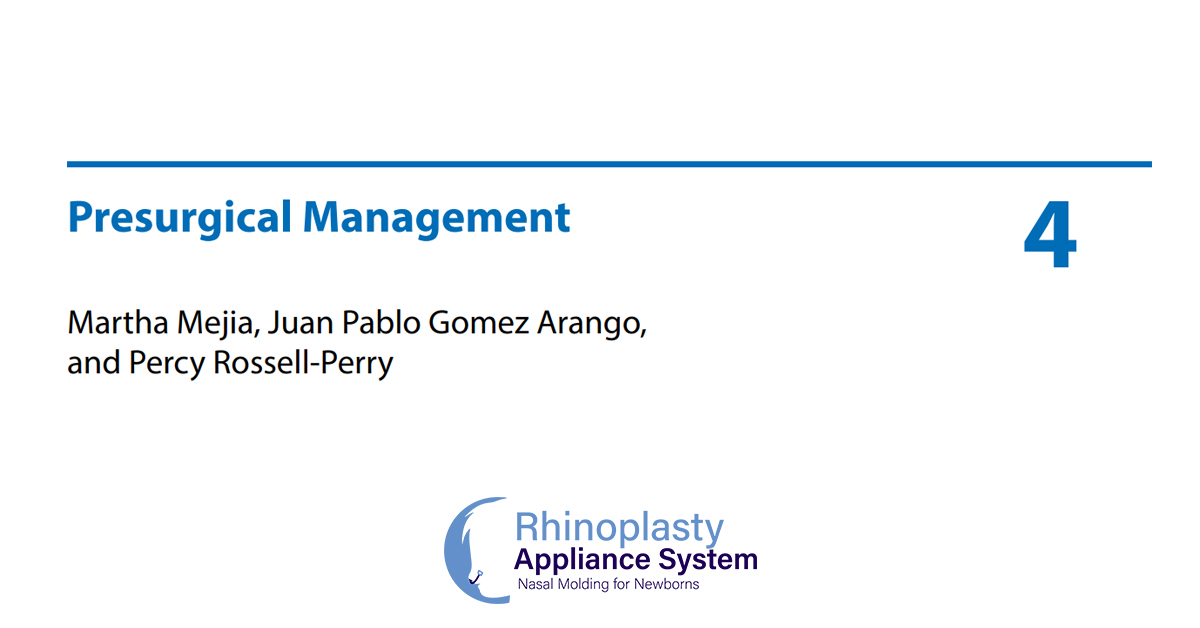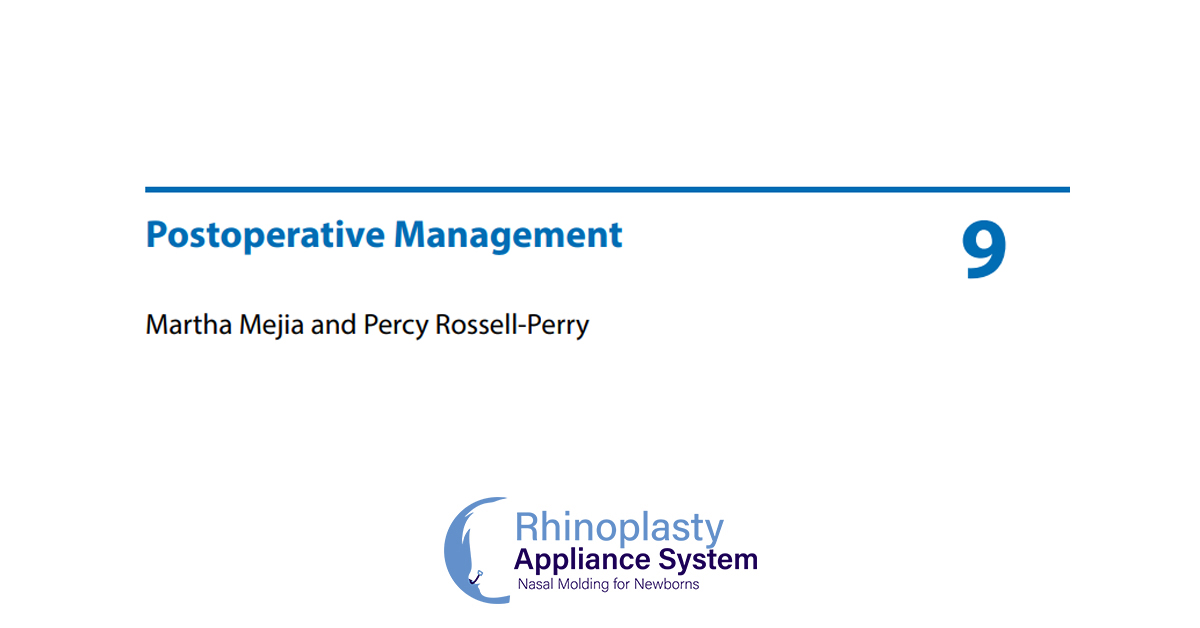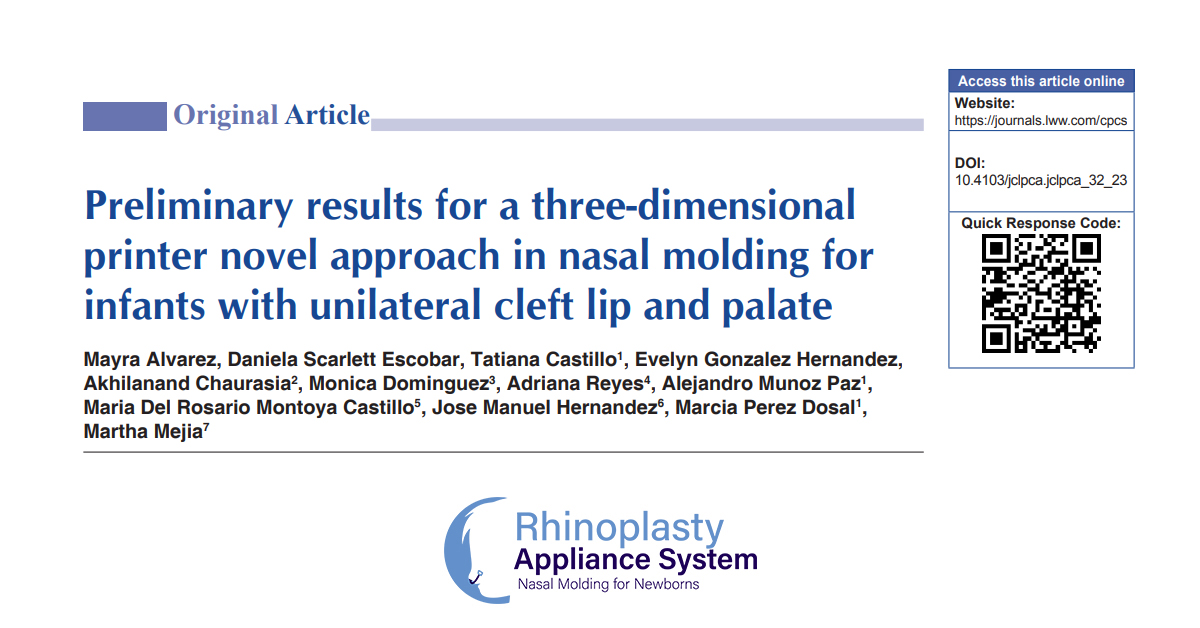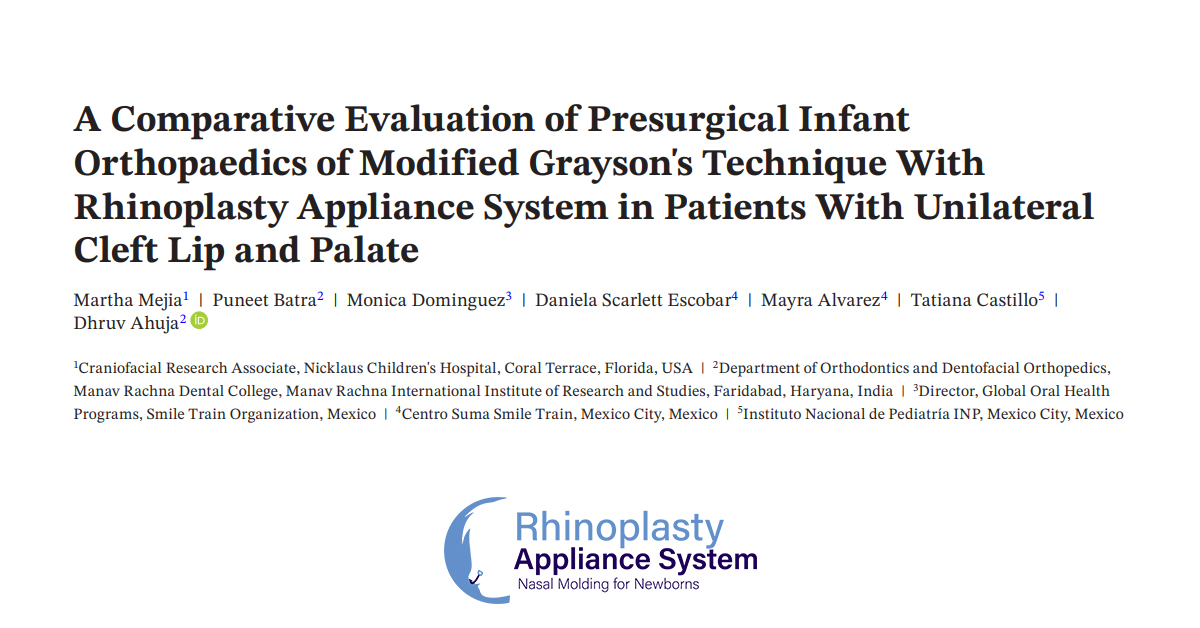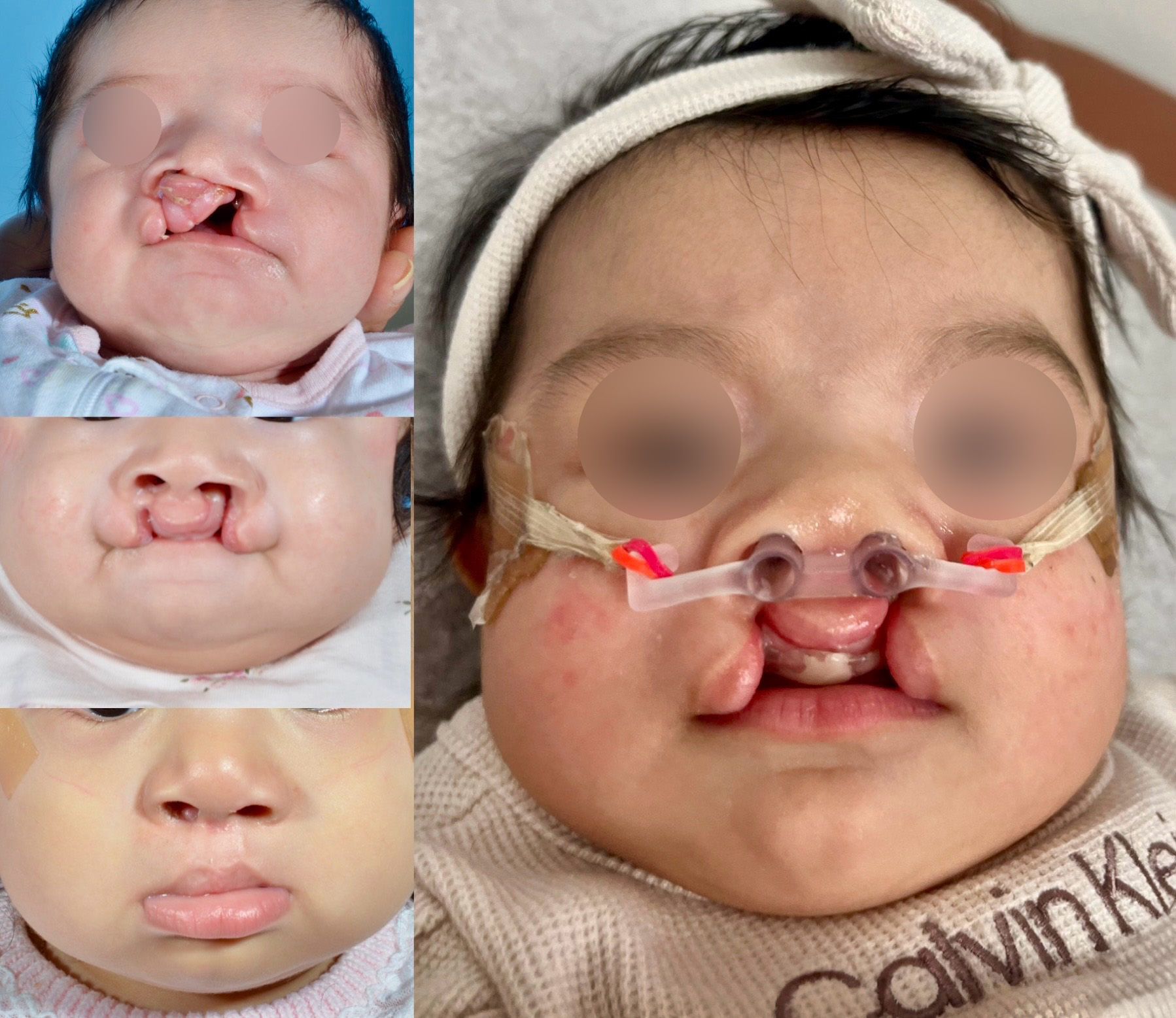
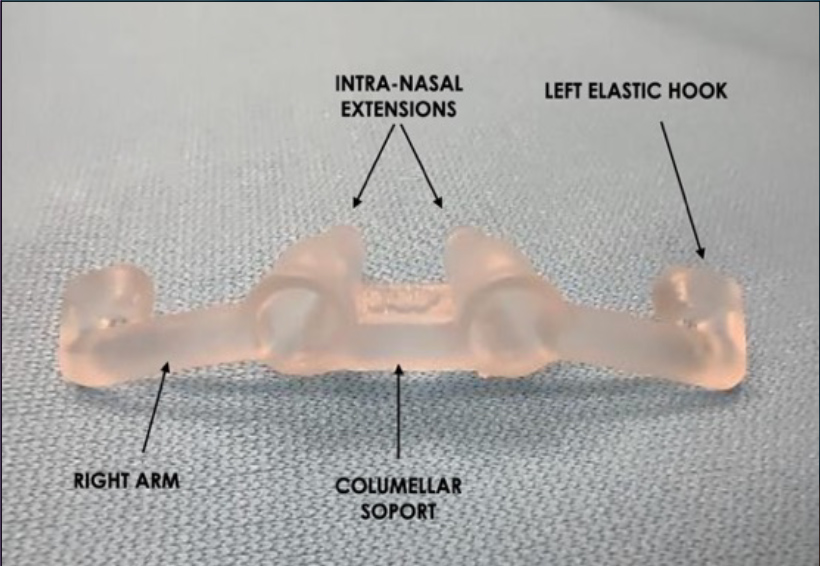
What is a Rhinoplasty Appliance System (RAS)?
How does the RAS System work?
Uses of the appliance:
- To improve the size and shape of nasal nostrils, elongation of the columella, and straighten the nasal septum in presurgical treatment in patients with cleft lip and palate.
- To maintain and improve the appearance of nostrils and prevent tissue growth healing after cleft lip and palate surgery.
What are the components of the RAS system?
The Rhinoplasty Appliance System (RAS) comprises the following elements:
1.
A nasal prosthesis kit in four different sizes, consisting of intranasal extensions (stents) inserted into the nostrils united by columellar support and two lateral arms ending in hooks.
2.
Two protective pads that avoid direct contact between the adhesive tapes that sustain the elastic elements and skin of the patient
3.
One labial adhesive tape.
4.
Two adhesive tapes that sustain the elastic elements provide orthopedic forces.
Nasal deformity
Clefts of the lip and palate frequently produce nasal deformities that tend to reduce the size of the nasal airway. Approximately 70% of the cleft population have nasal airway impairment, and about 80% "mouth-breathe"
Breathing
Breathing is vital for craniofacial growth and the functional development of newborns. Patients with cleft, lip, and palate have problems with sleep apnea, oral breathing, attention deficit disorders, allergies, and lack of development of maxillary sinuses that affect their entire lives.
For this reason, Nasal molding is an essential part of integral cleft treatment.
Acknowledgment




